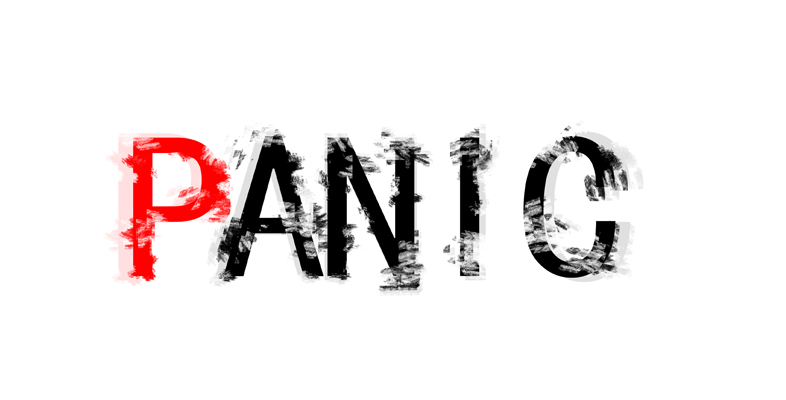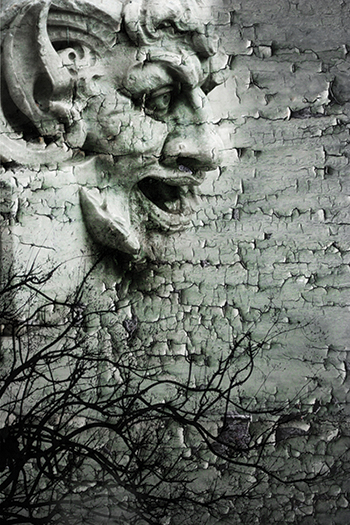1.1 Symptoms of panic
Psychiatric diagnosis involves a list of symptoms; if the patient has the required number of symptoms then they are said to have the diagnosis. You will now explore the diagnostic symptoms of panic attack according to DMS-5.
Activity 2 Symptoms of panic attacks
a.
Feeling on the verge of tears
b.
Palpitations, pounding heart or accelerated heart rate
c.
Sweating
d.
Trembling or shaking
e.
Feeling panicked
f.
Hallucinations
g.
Sensations of shortness of breath or smothering
h.
Feeling of choking
i.
Headache
j.
Chest pain or discomfort
k.
Nausea or abdominal distress
l.
Feeling an urge to talk really fast
m.
Feeling dizzy, unsteady, lightheaded or faint
n.
Feeling alone/lonely
o.
Derealisation (feelings of unreality) or depersonalisation (feelings of being detached from oneself)
p.
Fear of dying
q.
Existential anxiety
r.
Fear of losing control or going crazy
s.
Feeling really afraid
t.
Paraesthesia (numbness or tingling sensations)
u.
Chills or heat sensations
The correct answers are b, c, d, g, h, j, k, m, o, p, r, t and u.
Discussion
Were you surprised by any of the right or wrong answers? (For example, that feeling panicky is not on the symptom list?) Note too that the symptoms are a mix of unpleasant bodily sensations (shaking, heart beating fast, sweating, feeling faint), feelings and thoughts (fear you are dying or going crazy).
The ‘right’ answers are those as defined by DSM5, but there is a lot of debate about whether the list of symptoms is ‘right’ or appropriate and that individual experiences can be quite different.

